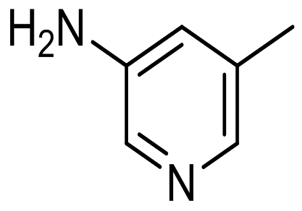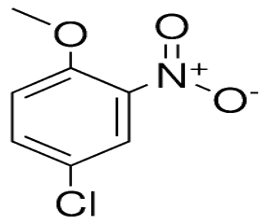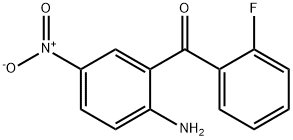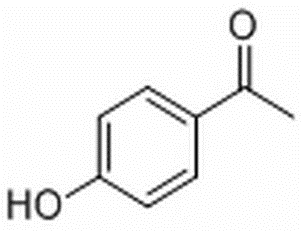5-Methylpyridin-3-amine(CAS# 3430-19-1)
| Risk Codes | R22 – Harmful if swallowed R37/38 – Irritating to respiratory system and skin. R41 – Risk of serious damage to eyes R20/21/22 – Harmful by inhalation, in contact with skin and if swallowed. |
| Safety Description | S26 – In case of contact with eyes, rinse immediately with plenty of water and seek medical advice. S36/37/39 – Wear suitable protective clothing, gloves and eye/face protection. S36 – Wear suitable protective clothing. |
| UN IDs | 2811 |
| WGK Germany | 3 |
| Hazard Note | Toxic |
| Hazard Class | IRRITANT, TOXIC |
| Packing Group | III |
Introduction
5-Methyl-3-aminopyridine (5-MAP) is an organic compound. It is a white crystalline solid that is stable at room temperature and pressure.
Quality:
5-Methyl-3-aminopyridine is a weakly basic compound that can be dissolved in water and organic solvents. It has amino and methyl groups and plays an important role in chemical synthesis and biological research.
Uses: In the chemical industry, it is often used as a catalyst, ligand or intermediate in organic synthesis. 5-Methyl-3-aminopyridine can also be used in industries such as dye pigments, coatings, and rubber additives.
Method:
5-Methyl-3-aminopyridine can be synthesized by a variety of methods, and a commonly used method is obtained by aminoation reaction on the basis of 5-methylpyridine.
Safety Information:
Specific toxicity and hazard information on 5-methyl-3-aminopyridine requires reference to the scientific literature and safety data sheets. When handling and storing chemicals, follow relevant safety operating procedures, wear appropriate personal protective equipment, practice good ventilation, and follow appropriate waste disposal practices.








